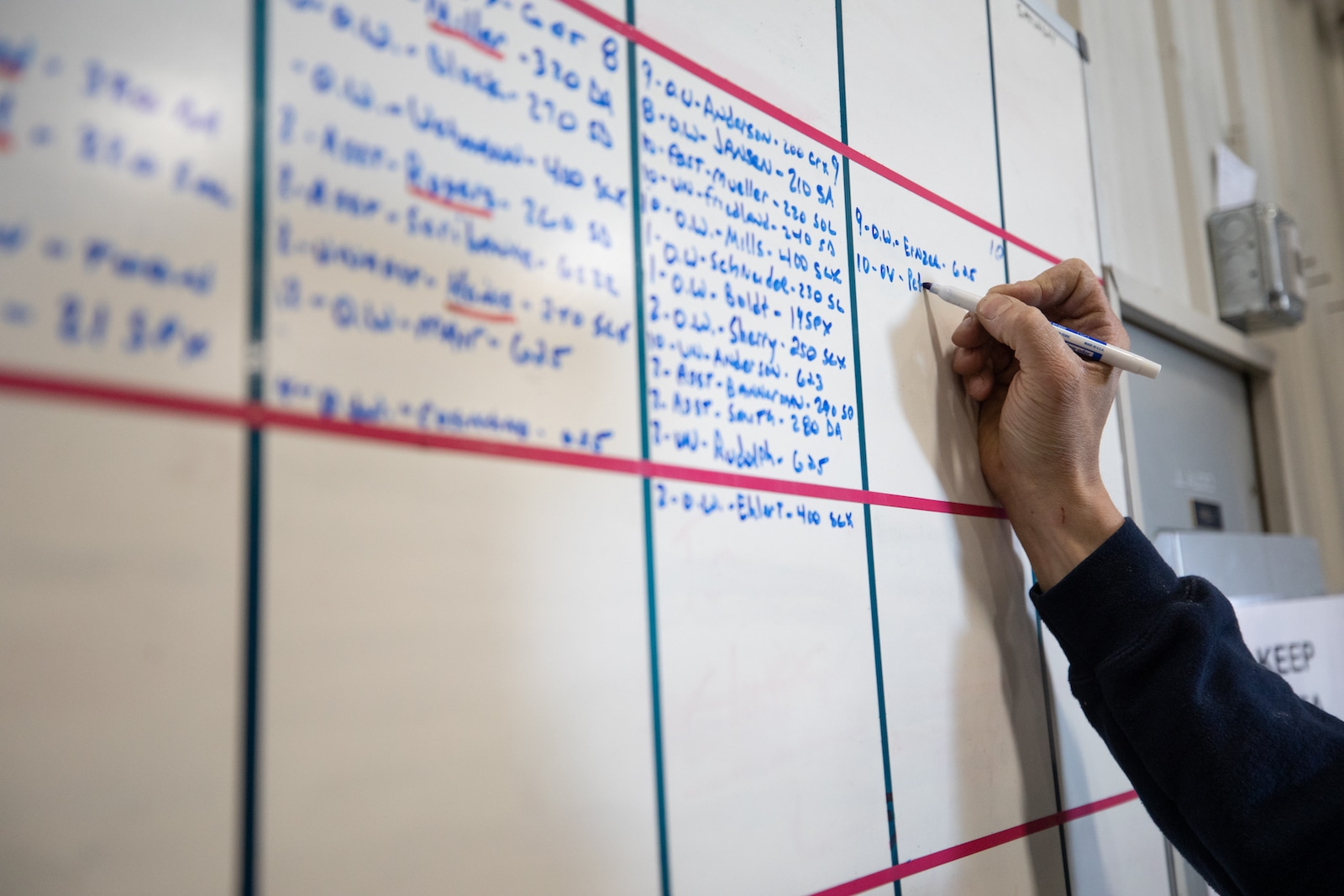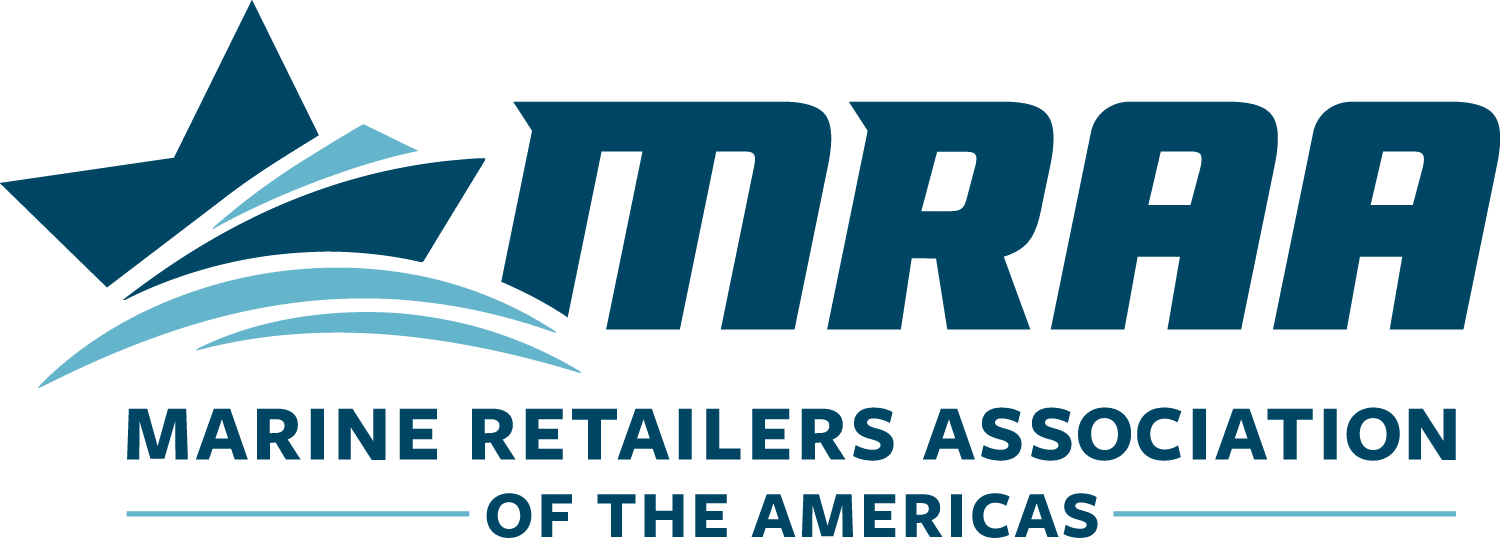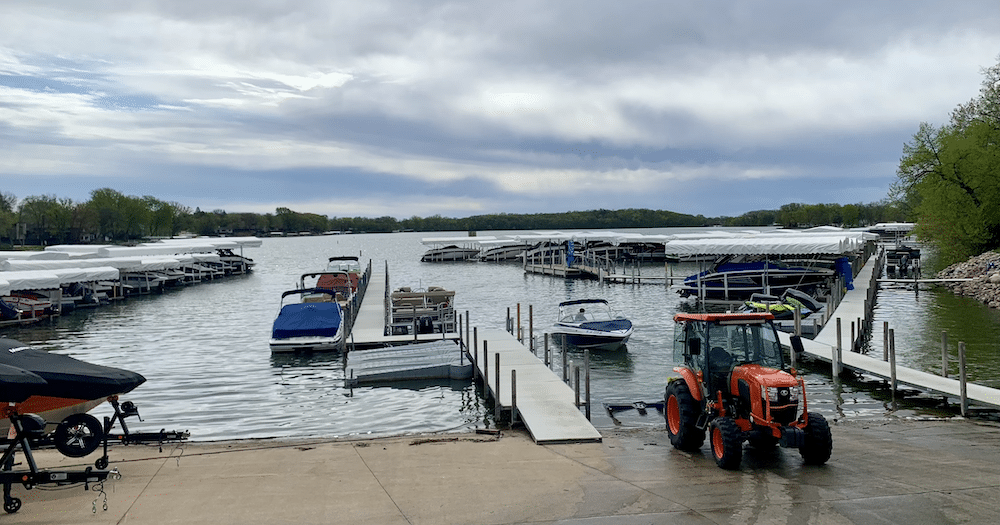By Bob McCann, MRAA Lead Certification Consultant
- How this simple task closes the gap between dealership expectations and dealership results
As a dealership manager, you know how you expect your employees to operate. You know the steps they should take when a boat arrives for service, as each boat goes through maintenance or repairs, and as each boat gets returned to its owner after the repair order is closed.
In most dealerships however, there remains a significant gap between the process that you believe exists, the individual and unique processes that actually exist with each different employee, and the processes that should exist to help you achieve your business goals.
The frustration that bubbles up in dealerships as problems occur and reoccur aren’t the fault of your individual employees. Those team members simply execute tasks the way they have been trained or told or the way they have seen others do it. What they need in those cases — to prevent problems from occurring in the first place, to identify and correct problems as they take place, to create consistencies across your business and to move your dealership from reactive mode to proactive mode — are documented processes, or process maps.

Let start with the basics: What is a process map?
A process map offers a visual aid for picturing the inputs, activities, outputs, people, and resources involved in specific functions within your dealership. Process maps are created to document every step your business takes in delivering a product or service, and they are used to train employees and set the expectation for the steps to be followed by all employees, 100 percent of the time to ensure consistency across your business. Ultimately, they act as tangible blueprints to set the expectation for exactly how your customer is being served.
Documented processes are essential for well-run dealerships because, as you will find if you look closely enough, there are variants in the way specific tasks are being conducted by your employees. In today’s fast-paced environment where consumers’ expectations become higher and higher by the day, process maps are also critical to delivering higher quality services faster than ever before.
Another huge benefit of employing process maps in your dealership is that it frees up management to manage the big-picture part of the business while providing clarity and structure so the employees know what’s expected of them. Without such tools, managers field too many questions and stay bogged down in the day-to-day operations, unable to focus on strategic direction and oversight. And if you don’t believe me, just watch how many of your dealership principal colleagues are fielding phone calls and stepping out of the room during important dealer meeting presentations.
Creating a process map
With the heightened pressure on your service department and the related focus the industry has placed on reducing repair event cycle times, or the amount of time it’s taking for us to get customers back on the water, I’m going to focus on service department operations. If you want to learn more about sales department process maps, Certified Dealers can access a Guide to Improving Your Sales Process Maps in the Continuous Certification Course Fill the Gaps in Your Dealership’s Sales Process.
A service process map should start with an action or a trigger that puts the service process in motion. That trigger should, in some way, originate with the customer, usually through some form of a service inquiry. Many dealers think the service process begins at the write-up or check-in phase, but everything leading up to the check-in is a huge part of the experience and key to generating work for the department.
At famed customer service company Ritz Carlton, Founder Horst Schultze suggests that the first three touch points for a stay at one of their hotels sets the stage for the entire visit. If all goes well with reservations, the front door, and reception, the rest of the stay goes perfectly. However, if the ball is dropped in any of those first touch points, it will likely result in the guest looking and finding trouble later in their stay.
Note: I’m featuring several steps for building a great process map below. If you would like to access best practices for these steps, please visit here.
STEPS 1 and 2: Initial Inquiry and Scheduling
The same could be said for your service department. If you would like a customer’s experience in your service department to be more like a stay at the Ritz, shoring up those first touch points is crucial. Therefore, your process map should document how you want that initial inquiry and the scheduling of service to transpire, whether those communications take place over the phone, via email or texting or in person. No matter what method the customer uses, you should consider using an automated method of confirming and following-up with the customer.
STEP 3: Drop Off
The next step you should illustrate in your service process map, still before the check-in or write-up, is the drop-off. This step should focus on being welcoming and should not be challenging for the customer — with obstacles or tight spaces that make it difficult to maneuver a trailer. The beauty of maintaining a process map is that it allows you to examine all these transition points and either change, update or fill any gaps in your standard operating procedures that might leave the customer unfulfilled with the service experience.
STEP 4: Write-Up
The Check-In or Write-Up is the final touchpoint in the first impression a customer will have with your shop. The Service Writer or Advisor typically greets customers, listens to the problems they’re having, communicates to the technicians what that problem is, and then acts as the liaison between the dealership and the customer every step of the way. I like to tell dealers to ensure your process map covers the three Cs: Complaint, Cause and Correction.
Start by identifying or confirming the Complaint. That’s the mission of the Check-In or Write-Up, and the details of this phase should be outlined in the process map’s accompanying Standard Operating Procedures, including at a minimum the condition of the boat, promised ready date, upselling opportunities and offers, pre-approvals and payment.
STEP 5: Dispatch
Once the boat gets checked-in and the customer is certain their complain is heard with as much detail as possible documented, it’s time to Dispatch the service to the best technician, which could mean next available, or the technician with the skills or certifications that best match the need for resolving the complaint.
STEP 6: Repair
Completing Job or the Repair step in the process is typically represented by the same size square as others on the process map, but in reality, it’s the biggest part of the process and risks becoming bottlenecked when techs are pulled for emergencies or other non-tech work. The most important advice I can offer in this step is that your process map should document that your techs need to focus on work that only they can perform. Your technicians represent your only opportunity to generate revenue in service, and therefore, they should not be working on non-revenue generating tasks. Your process map should outline who — not the technician — should be portering boats, finding parts, searching for tools, or other administrative tasks.
Dealers should consider adding a critical team member to their service ranks to help improve the tech’s efficiency level — an Expeditor. The Expeditor role and terminology is borrowed from the restaurant business, where kitchens are challenged with getting food from various stations to tables while they are still hot and fresh. An Expeditor serves as the dispatcher, who announces to the stations to “work” a menu item and then signals them to plate the food with a “push” order. This keeps the kitchen talent working on the right orders at the right time ensuring hot and fresh food being delivered to hungry customers.
You, too, can enjoy this level of efficiency and effectiveness by adding an Expeditor, who, with a little time on the job coupled with some boat, engine and shop knowledge, will become your champion of efficiency. He or she can ensure the right boat is in the right place, with the right technician at the right time, every time. An Expeditor alone keeps the shop efficient and Service Writer focused on communicating and selling service to the boat owners.
When the job is complete and the tech has proudly signed off on the job that it was done right, the repair order should be completely documented with the other two Cs — Cause and Correction — so that anyone looking at the RO can thoroughly understand what the issue was and how it was fixed.
Step 7: Detail & Delivery
By now, as the Service Manager, you’re feeling that your service process is tight, and all goes smoothly for your customers. However, just as the Write-Up step served as a first impression, the cleanliness of the boat at customer pick-up or delivery will be the lasting impression. So, don’t let all these mapped out efforts go down the drain by delivering a dirty boat with greasy fingerprints.
Most dealers refer to this as Detail and Delivery, but I recommend you use the term “courtesy wash” to create an expectation of what’s promised. Be sure to include a well-timed courtesy wash that will leave a lasting glory for a job well done and the dealership. Service Writers can use the courtesy wash to motivate the owner to pick-up their boat on time by asking, “When are you picking up the boat? I want to have it courtesy washed for you so it’s clean when you pick it up.” Whatever process you document, don’t shortcut the delivery or pick up, lasting impressions are very profitable in the form of repeat and referral business.
The job isn’t complete until the customer is followed-up with. Customer feedback is so very valuable, whether positive or negative, and I recommend you include this follow-up into your process maps. The positives are valuable when they are shared with the crew; the negatives are your time to shine because emergencies don’t cripple your shop, everyone will learn from the mistake, and you can now update your process maps to prevent the problem from happening again and to ensure you delight your customers.
Updating your process maps
Once you have published your first version of a Service Process Map — first version, because an effective process map is a living document that should always be updated as new and better practices or methods are adopted — it is critical that you continue to learn how to improve them every single day. Your first pass at this won’t look the same after months of improvements are added in. You will make mistakes, but documented process maps give you the means to adjust and improve.
Updating you process maps is the cure for complacency, which is the first step toward mediocrity. Grow big ears and listen to your crew, listen to your customers, and get insight into new ideas, tactics, strategies and best practices from other sources, such as our team and our products and services here at the MRAA, as well as our fantastic partners, to help you continue to update your processes in pursuit of a better result and a stronger business.
Process maps benefit business like yours in so many ways. They help you focus your team on the customer’s perspective. They improve the start-to-finish process while improving cross-department communication. They serve as excellent training tools for new team members, and they will improve consistency across your team. Meanwhile, process maps boost efficiency by uncovering flaws, obstacles and bottlenecks that hold you back, like extra steps, activities, forms, reports, or approvals. Finally, process maps build transparency into your processes by providing you, the manager, with the big picture of gaps that exist between what you expect and what your business actually delivers to its customers.
This blog was published as part of MRAA’s focus on helping dealers get their customers back on the water more quickly. Check out more resources here.




